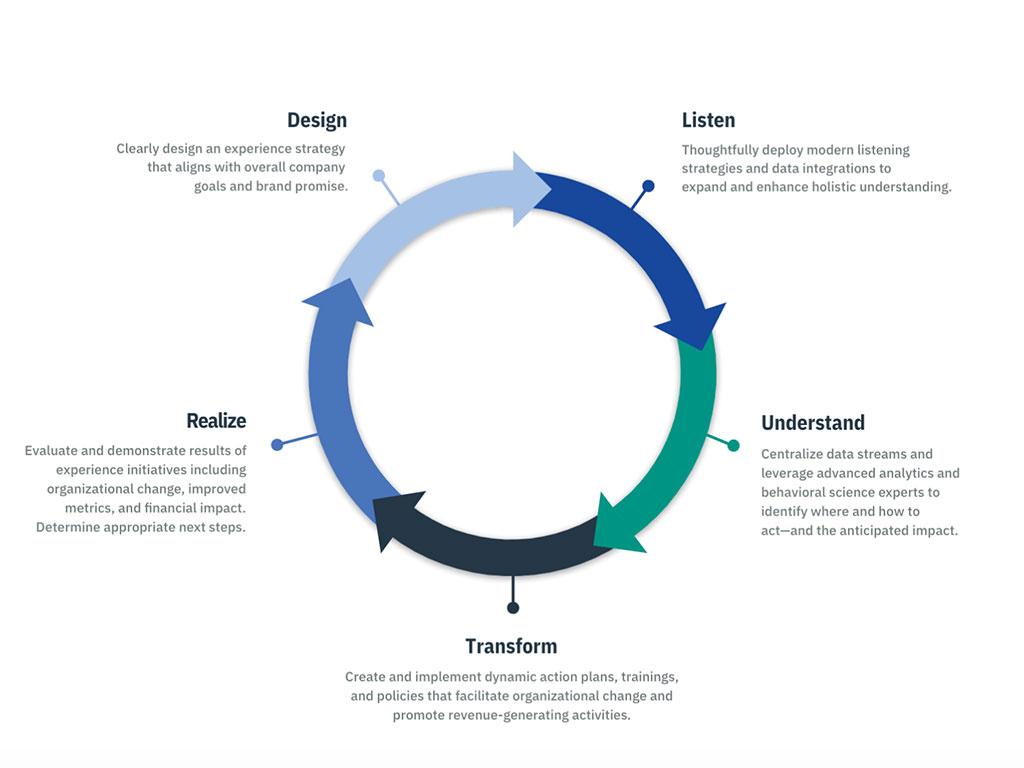
In the world of experience (especially when we’re talking about digital customer experience), we’re constantly making predictions or hypotheses about what the customer is expecting from their experience. And whether we’re making a change to the website, opening a new store, or debuting a new product, that prediction will either be right or wrong.
When we’re wrong, or surprised, it can be easy to feel like we have failed. But in reality, these moments are really opportunities to slam our assumptions, dive into our feedback data, and improve experiences.
This is exactly what we discussed at a recent event with Pearl-Plaza client Julie (JB) Booth, Head of UX/CX at Columbia Sportswear. In that presentation, JB walked us through how she and her team put their beliefs about in-person and digital customer experience expectations into perspective, use CX tools to dive in and test assumptions, and finally create a culture with an opportunity mindset.
In today’s post, however, we’ll walk through the steps of an exercise JB calls an “assumption slam,” so you can take this process back to your team and use it to test any assumptions of your own. Let’s get started!
How to “Slam” In-Person & Digital Customer Experience Assumptions
You know the old saying, “If you assume, you’re making an ‘a**’ out of ‘u’ and ‘me’.” And it’s true! If you are assuming you know exactly what the customer expects out of their experience, you are not truly serving them. Instead, you need to operate on the theory of falsification: to have a great hypothesis, you need to be willing to prove yourself wrong. And that’s where an “assumption slam” comes in handy.
Step #1: Gather Your Team & Select a Topic
The first step in an “assumption slam” is to select a specific topic. If you were to select a broad topic such as “the digital customer experience,” it would be hard to create a thorough list. That’s why JB suggests a more specific theme, like how a specific customer segment navigates your website.
Step #2: Give Your Team Permission to Assume
Next, you need to give yourself permission to assume. Oftentimes, it can feel embarrassing to believe something based on instinct, without having looked into whether that belief is qualified by any data. That’s why it’s so important to let the team know there is no pressure to back up any claims they speak. This kind of behavior is most effective when modeled by team leaders; if the leader is willing to be vulnerable and talk about their assumptions, it gives the rest of the team permission to do the same.
Step #3: List Out Assumptions
Grab a white board and start listing out any and all assumptions! Don’t feel the need to be neat and organized yet—that will come later. Right now, you are primarily trying to get all the assumptions about the in-person or digital customer experience out in the open. You might even find that multiple team members have been operating under the same assumptions.
Step #4: Map Out Assumptions by Risk & Testability
Now it’s time to get organized. Draw two intersecting axes, labeling one “risk” and the other “testability.” Once you’ve done that, as a team, map each assumption along the axes. This allows you to gauge priorities. Those assumptions labeled as “high risk, high testability” will be the first you want to dive into.
Step #5: Dive into Assumptions with Impact
You’ve identified the “high risk, high testability” assumptions your team has about your focus subject, but what do you do now? Well, you get testing! Start with the assumption with the most risk and highest testability and develop a plan for how your team can test that assumption. Then you can work your way down your list until you no longer have assumptions—until you have concrete facts about the way your customers behave and what they expect from their in-person and digital customer experience.
Testing Your Assumptions—and Acting on the Results
Want to learn more about how you can take the results of your assumption slam and then take action to improve your experiences? You can watch the full webinar with helpful tips and tricks here!














